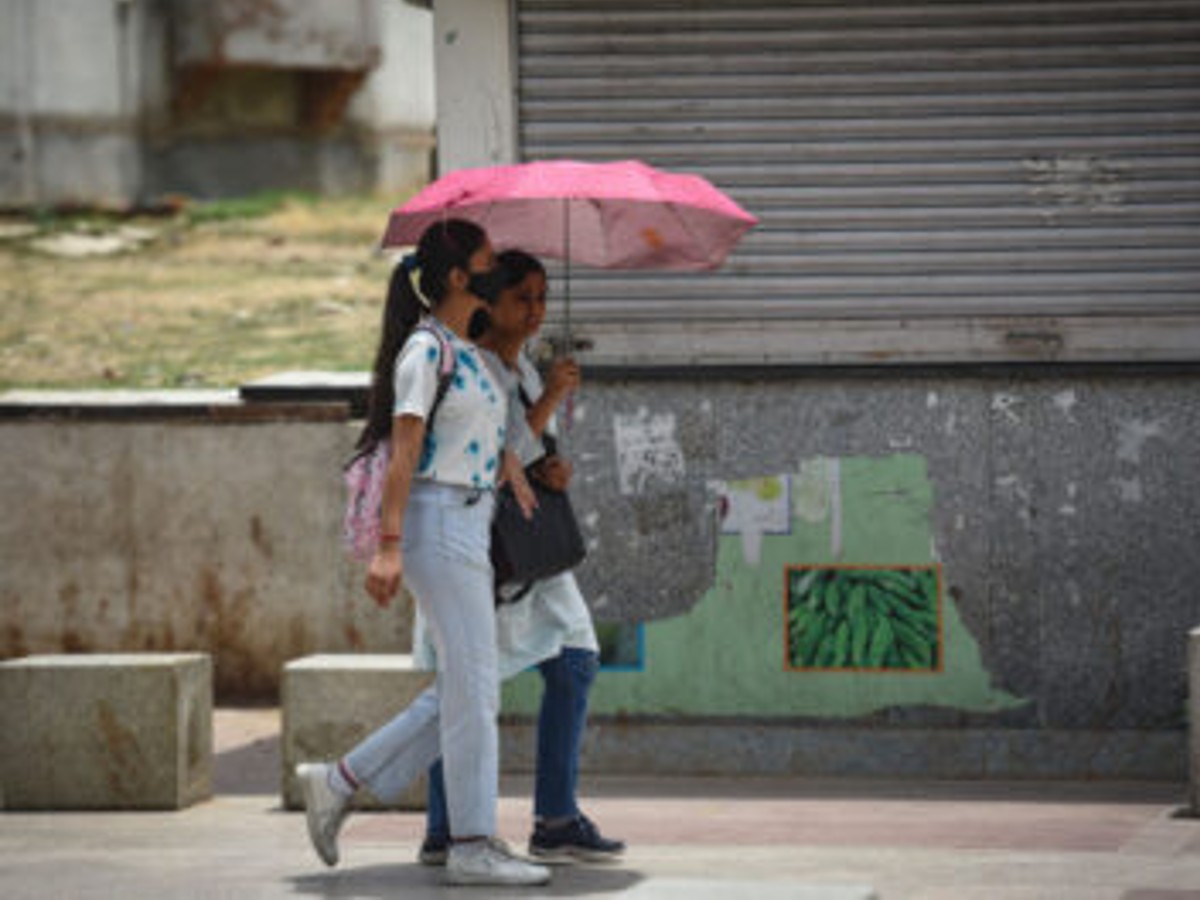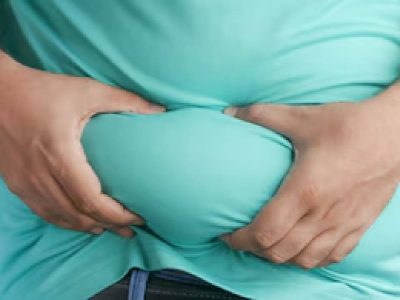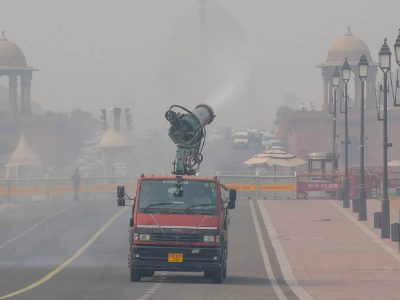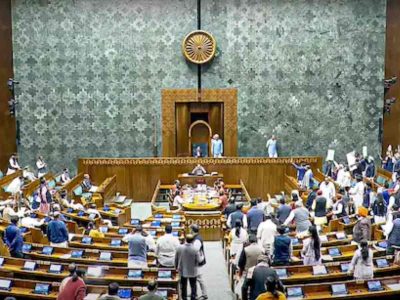The Ministry Of Health and Family Welfare (MoHFW) on Sunday declared heatstroke as a medical emergency as mercury continued to soar above normal maximum temperatures in the northern plains, central region, and adjoining areas of peninsular India.
The MoHFW said in a post on X, “Recognise the signs of heatstroke and take action. Your health is your priority.”
Giving the details of the common signs of the heatstroke in children, MoHFW said, “The early signs to recognise the health condition in the kids are refusal to feed, excessive irritability, decreased urine output, dry oral mucosa and absence of tears/sunken eyes, lethargy or altered sensorium, seizures, bleeding from any site.”
Informing about the signs of the heatstroke in adults, MoHFW said that the early hints of the condition is high body temperature, altered mental sensorium, hot, red, and dry skin, nausea, vomiting severe headaches, muscle weakness, cramps, anxiety, dizziness, fainting, and light-headedness.
Speaking to Patriot, Dr Rishiraj Sinha, All India General Secretary of the Federation of All India Medical Association (FAIMA), said that heatstroke results from prolonged exposure to high temperatures usually in combination with dehydration, which leads to failure of the body’s temperature control system. “The medical definition of heatstroke is a core body temperature greater than 104 F, with complications with common symptoms like nausea, anxiety, dizziness, fainting, confusion, disorientation, and sometimes loss of consciousness,” Dr Sinha asserted.
“Heatstroke often happens as a progression from milder heat-related illnesses such as heat cramps, heat syncope (fainting),” he emphasised.
Dr Sinha underlined the best preventive measures from heatstroke, which are as follows:
Stay hydrated: Drink plenty of fluids throughout the day, especially water, to prevent dehydration. Avoid excessive consumption of caffeinated or alcoholic beverages, as they can contribute to dehydration.
Stay covered: Wear lightweight, loose-fitting clothing that covers as much skin as possible to protect against sunburn and minimise exposure to direct sunlight. Use hats and sunglasses to shield the face and eyes from UV rays.
Limit outdoor activities: Minimise outdoor activities during the hottest parts of the day, typically between 10 am and 4 pm. If outdoor activities are unavoidable, seek shaded areas or carry umbrellas to create shade.
Wear footwear: Wear appropriate footwear, such as shoes or sandals, to protect feet from hot surfaces like pavement or sand, which can cause burns or discomfort.
Understanding the signs in children:
Refusal to eat: Children may refuse to eat or drink, even when offered their favourite foods or beverages, due to decreased appetite and the body’s prioritisation of cooling mechanisms over digestion.
Excessive irritability: Children may become extremely irritable, fussy, or inconsolable, often in response to discomfort caused by heat-related symptoms.
Decreased urine output: Reduced urine output or infrequent urination may occur as the body conserves fluids in response to dehydration from excessive sweating and heat exposure.
Dry oral mucosa and absence of tears/sunken eyes: The mucous membranes inside the mouth may appear dry or parched, and children may have sunken eyes with an absence of tears, indicating dehydration.
Lethargy or altered sensorium: Children may become increasingly lethargic, unresponsive, or confused as heatstroke progresses, reflecting neurological impairment due to elevated body temperature.
Seizures: Heatstroke can trigger seizures in children, characterized by sudden, uncontrolled movements and loss of consciousness. Seizures are a medical emergency and require immediate intervention.
Bleeding from any part of the body: In severe cases of heatstroke, children may experience abnormal bleeding from any site, which can indicate dysfunction in the body’s clotting mechanisms due to overheating and dehydration.
Understanding the signs in adults:
High temperature: Core body temperature above 104°F (40°C) is a hallmark sign of heatstroke.
Altered mental state: Confusion, agitation, disorientation, or even loss of consciousness can occur.
Hot, dry skin: The skin may feel hot and dry to the touch due to the body’s inability to sweat and cool itself effectively.
Rapid heart rate: The heart rate may increase as the body tries to cool itself down.
Nausea and vomiting: Gastrointestinal symptoms such as nausea and vomiting may occur.
Headache: Severe headaches are common in individuals experiencing heatstroke.
Muscle cramps: Painful muscle cramps, particularly in the abdomen, arms, or legs, can occur.





